
Intensive Training! Neuroscience and Self-Regulation Techniques for Kids with Autism, ADHD & Sensory Disorders
FileSize :
Faculty:
Varleisha D. Gibbs, PhD, OTD, OTR/L, ASDCS
Duration:
11 Hours 45 Minutes
Format:
Audio and Video
Copyright :
Apr 25, 2019
Product Code:
POS063420
Media Type:
Digital Seminar
Access:
Never expires.
Watch Varleisha Gibbs, PhD, OTD, OTR/L, renowned self-regulation expert and author for this intensive 2-day certificate training and learn clinically proven neurological approaches to addressing self-regulation in children and adolescents diagnosed with Autism, Sensory Processing Disorder, and ADHD. Knowing the underlying brain connections will help you better select and develop appropriate interventions for challenging behaviours, such as hyper-activity, hypo-activity, aggressiveness, self-stimulatory and inattentiveness.
You will walk away with neurologically tailored sensory strategies, cutting-edge treatment techniques, and sensory equipment strategies, including, mindfulness, social skill programs, music and movement, and respiratory-based techniques.
On day one, you will learn the underlying neurological components to connect the brain to clinical practice through:
- Brain dissection video wet labs, neuroanatomy, pathways, and function
- Autonomic nervous system and its connection to stress, fear, and primitive reflexes
- Video examples of children in a sensory clinic demonstrating positive outcomes when equipment is used appropriately
The second day, you will learn how to analyze and apply treatment techniques, such as:
- Activating the vagus nerve and the nervous system for regulation
- Addressing primitive reflexes and improve social skills and age appropriate behaviours
- Incorporating a mindfulness program for self-regulation
- Applying your knowledge through the use of video case studies to examine the evaluation process, treatment planning, goal development, and re-assessment of children displaying challenging social, eating, and sleeping behaviours
Whether you are an expert on the brain or new to this science, Dr. Gibbs makes it easy to understand and easy to implement. You will leave ignited by revelations exposed in Dr. Gibbs’ presentation!
| Manual – Neuroscience and Self-Regulation Techniques for Kids (72.68 MB) | 130 Pages | Available after Purchase |
Varleisha D. Gibbs, PhD, OTD, OTR/L, ASDCS
Varleisha D. Gibbs, PhD, OTD, OTR/L, ASDCS, is an occupational therapist and author with 18 years of experience working with children and adolescents diagnosed with Autism Spectrum Disorder, Sensory Processing disorders and Neurological disorders. In 2003, Dr. Gibbs founded Universal Progressive Therapy, Inc., a company that provides interdisciplinary and quality therapeutic services to families. As founding president, she provided treatment interventions and education in the areas of sensory integration, autism as well as family-centered care. This venture ignited her passion for providing family-centered care. Dr. Gibbs received her PhD at Seton Hall University with a dissertation focusing on racial health disparities of the Autism Spectrum diagnostic process. Dr. Gibbs also earned her doctorate in occupational therapy at Thomas Jefferson University and her master’s training in occupational therapy from Columbia University. Dr. Gibbs is currently the Vice President of Practice Engagement and Capacity Building at the American Occupational Therapy Association. She is the former Scientific Programs officer at the American Occupational Therapy Foundation. Dr. also served as the inaugural chair and director of the master’s programs in occupational therapy at Wesley College in Dover, DE where she was a tenured associate professor. Prior to joining Wesley, she worked at the University of the Sciences in Philadelphia, PA, where she served as the director of the doctoral programs in occupational therapy.
Dr. Gibbs is steadfast and an expert in the field of neurology, cognition, and pediatric therapeutic intervention. She continues to lecture, and provide training, on sensory processing strategies and self-regulation to practitioners, parents, and teachers throughout the country and internationally. Dr. Gibbs is the developer of the Self-Regulation and Mindfulness program, and her book, Self-Regulation and Mindfulness: Exercises and Worksheets for Sensory Processing Disorder, ADHD, and Autism Spectrum Disorder, was published in 2017 (PESI Publishing & Media). As co-author of Raising Kids with Sensory Processing Disorders, she has provided families with strategies to understand and care for their children.
Speaker Disclosures:
Financial: Dr. Varleisha Gibbs is the founder/ president of Universal Progressive Therapy, Inc. She is a faculty member at the University of the Sciences Philadelphia and receives compensation. She is a speaker who receives an honorarium for PESI, Inc.
Nonfinancial: Dr. Varleisha Gibbs has been published in a peer-reviewed journal Occupational Therapy and Healthcare.
The views, thoughts, and opinions expressed in this presentation belong solely to the author, and not necessarily to the author’s employer, organization, committee or other group or individual.
The Neuroscience Behind Self-Regulation
- A look at sensory-motor pathways
- Brain dissection video: The emotional brain and its connection to executive functioning
- Neurological dysfunction: Hyper-activity, hypo-activity, aggressiveness, self-stimulatory, and inattentiveness
Neuro and Sensory Integration: Linking to Behaviours
- Breaking down self-regulation: Sensory, cognition and emotions
- Self-regulation effects on behaviour: Flapping, inflexibility, rigidity, lack of inhibition, poor social skills, risk taking
- The power of the autonomic nervous system and its connection to behaviour (ie. stress, fear and primitive reflexes)
- The power of primitive reflexes and how they impede on function
- Tools and strategies for assessing primitive reflexes
Video Case Study Analyzation: Aligning Symptoms and Characteristics with Appropriate Interventions
- ADHD: Diagnosis and current treatment strategies
- Autism: Diagnosis and DSM-5® updates
- Sensory Processing Disorder (SPD):
- Sensory modulation disorder
- Sensory-based motor disorder
- Sensory discrimination disorder
Self-Regulation Techniques and the Vagus Nerve Connection
- Communication strategies that provide control: Symbolic and non-verbal
- Self-management and behavioural strategies: Behavioural contracts, checklist for tracking behaviours, video modelling
- Addressing picky eating and poor sleep habits: Desensitizing and non-threatening activities
- Music as a technique to initiate sensorial stimuli, calming and attentiveness
- New interventions for vestibular, proprioceptive, auditory, smell and vision work
Apply Neuroscience to Interventions: Hands-on Activities
- Neurological connection of current programs such as Brain Gym®, sensory diets, and MeMoves™, just to name a few!
- Integrate a mindfulness program for self-regulation
- Address primitive reflexes and improve social participation and age appropriate behaviours
- Tool to assess child’s arousal levels to be used for daily schedules and to organize daily interventions
Treatment Planning: Video Case Examples of Children Displaying Challenging Social, Eating and Sleep Behaviours
- Perform a virtual evaluation
- Develop a treatment plan
- Goal development
- Re-assessment: When is it needed and when to discharge
Psychoeducation for Clients and Parents
- Evidence-based intervention and techniques to address challenges with self-regulation
- Address psychosocial concerns and experiences of caregivers of children with self-regulation challenges
- Communicate methods to address reciprocal regulation between the child and caregiver to address the influences and interaction each have
- Summarize the neuroscientific research related to self-regulation and sensory processing in kids diagnosed with Autism, Sensory Processing Disorder, and ADHD.
- Differentiate between the characteristics of sensory processing disorder, ADHD and autism and articulate how the neurological processes of each disorder coincide with one another.
- Apply neurological approaches that tap into the central, autonomic, and enteric nervous systems to improve clinical intervention techniques.
- Examine the role of primitive reflexes and how they support or impede client functioning.
- Evaluate the relationship between the autonomic nervous system and behaviour in clients.
- Determine the neurological responses aligned with intervention techniques to further enhance treatment planning.
- Develop appropriate clinical interventions for challenging behaviours in clients, such as hyper-activity, hypoactivity, aggressiveness, self-stimulation and inattentiveness.
- Implement music as a technique to initiate sensorial stimuli, calming and attentiveness in clients.
- Integrate a comprehensive mindfulness program to improve self-regulation in clients.
- Utilize role play activities to assess levels of arousal among clients.
- Develop a comprehensive treatment plan that addresses a variety of clinical concerns, including social skills deficits, picky eating and sleeping issues.
- Implement strategies to address reciprocal regulation between the child and caregiver in order to improve clinical outcomes.
- Occupational Therapists
- Occupational Therapy Assistants
- Speech-Language Pathologists
- Counselors
- Social Workers
- Educators
- Marriage & Family Therapists
- Physical Therapists
- Physical Therapist Assistants
- Psychologists
Intensive Training! Neuroscience and Self-Regulation Techniques for Kids with Autism, ADHD & Sensory Disorders






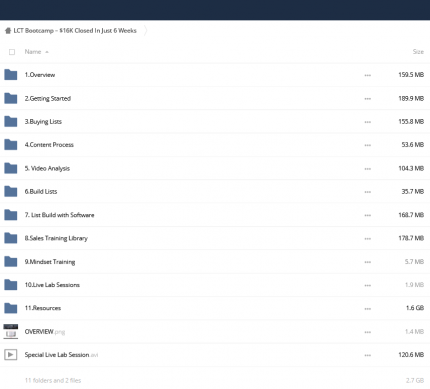
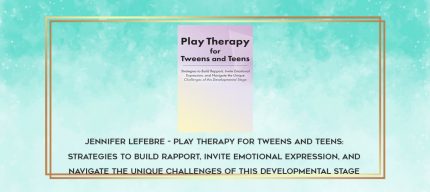













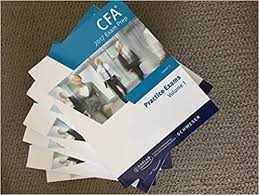

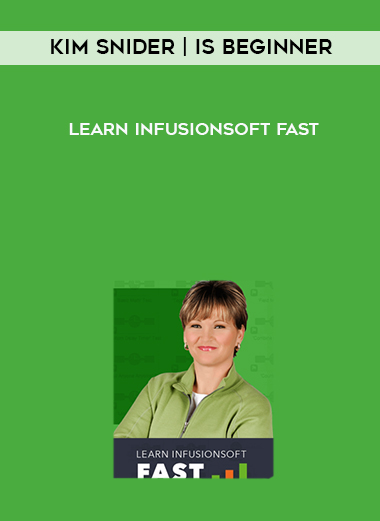
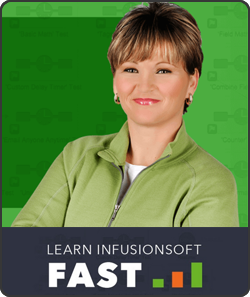
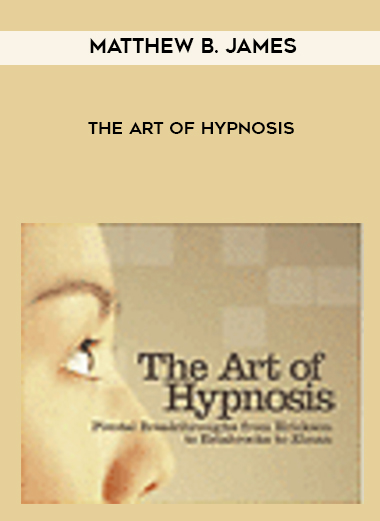

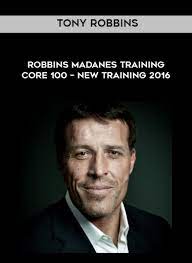


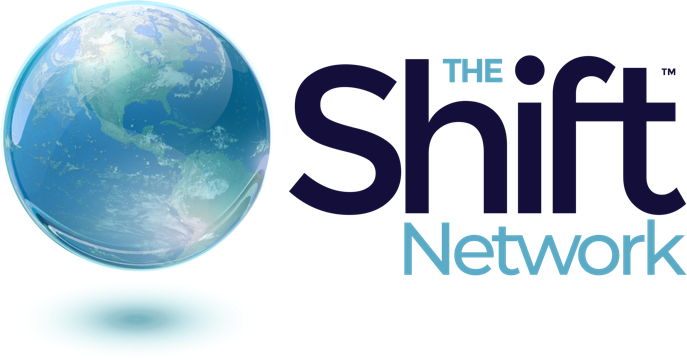







Reviews
There are no reviews yet.